Why Do Completely different Workout routines For The Similar Muscle Group?
For those who’ve ever stepped right into a gymnasium, you’ve in all probability requested your self: “Why do I would like so many various workout routines for a similar muscle group? Can’t I simply choose one and keep it up?”
At first look, repeating a favourite train—just like the bench press for chest or squats for legs—may appear sufficient. In spite of everything, if the goal muscle is working, isn’t that every one that issues?
The reality is extra nuanced. Muscle tissues are complicated constructions with a number of areas, fibers, and capabilities. Completely different workout routines stress these areas in distinctive methods, resulting in extra balanced progress, harm prevention, and long-term progress.
Discover out why it is best to change workout routines for a similar muscle group. We clarify how this easy coaching tip results in quicker positive factors and a extra balanced physique.
Muscle Anatomy and Fiber Recruitment
Muscle tissues should not uniform blocks of tissue. Many have a number of “heads” or areas that reply otherwise relying on angle and motion. That is why counting on only one train—even when it “hits the muscle”—usually leaves some areas underdeveloped.
For Instance Chest (Pectoralis main):
- Flat bench press emphasizes the sternal (center) head.
- Incline bench press shifts focus to the clavicular (higher) head.
- Decline bench press prompts the decrease chest fibers for balanced growth.
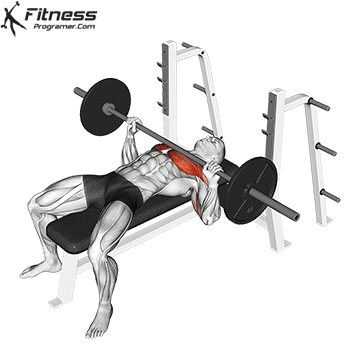
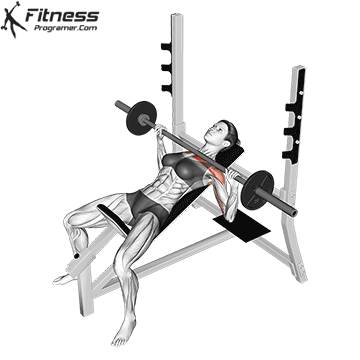
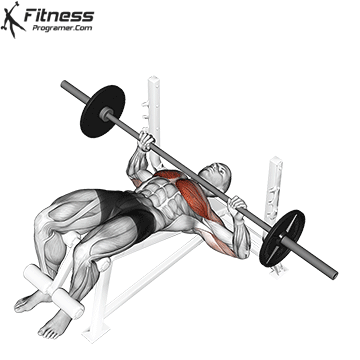
👉 For those who solely carry out flat bench press, your chest might look robust within the mid-region however lack fullness within the higher chest, resulting in an imbalanced look. Through the use of completely different workout routines, you guarantee full growth throughout the muscle, not only one part.
Vary of Movement and Joint Mechanics
Each train strikes a muscle by way of a novel vary of movement (ROM). Some emphasize the stretch, whereas others goal peak contraction.
- Romanian Deadlifts stretch the hamstrings below load.
- Leg Curls give attention to contraction on the shortened place.
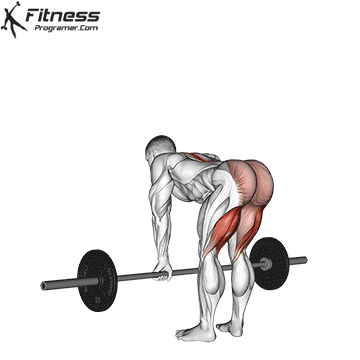
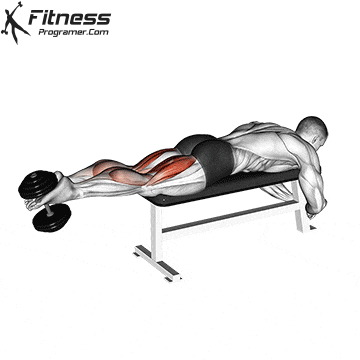
Why does this matter? Research present that coaching muscle tissues in each stretched and contracted states results in better hypertrophy than just one methodology. Variation ensures no a part of the power curve is uncared for.
Neuromuscular Adaptation and Plateaus
Your physique is remarkably adaptable. Carry out the identical train for weeks, and your nervous system turns into environment friendly at it—nice for ability, nevertheless it limits progress stimulus.
- Early progress = nervous system adapting.
- Later stagnation = muscle tissues now not challenged.
By rotating workout routines, you introduce novel stimuli, forcing the physique to recruit fibers otherwise and stopping plateaus. That is why even superior athletes change accent lifts each few weeks.
Compound vs Isolation Workout routines
One more reason for variation is the kind of motion:
- Compound Exercises: Multi-joint lifts (e.g., squat, bench press, deadlift). They recruit massive quantities of muscle mass, construct total power, and stimulate hormones.
- Isolation Workout routines: Single-joint lifts (e.g., bicep curl, tricep pushdown). They aim weak factors and permit exact muscle activation.
Compound lifts present the inspiration, whereas isolation ensures symmetry, weak-point correction, and full hypertrophy. 👉 Study the professionals and cons of each compound and isolation exercises
Damage Prevention and Longevity
Repeating the very same train eternally isn’t just boring—it may be dangerous. Overuse accidents happen when the identical joint sample is burdened repeatedly.
- Instance: Solely bench urgent can overwork the shoulders.
- Including dumbbell presses, push-ups, or cable flies modifications loading patterns and protects joints.
Train selection additionally strengthens stabilizers (e.g., rotator cuff, core), decreasing harm threat and bettering athletic efficiency.
Scientific Proof
Analysis strongly helps the function of variation in power and hypertrophy.
- Fonseca et al. (2014): A 12-week examine confirmed individuals who assorted lower-body workout routines (squat, leg press, lunge) had better total muscle progress than these sticking to a single train.
- Schoenfeld et al. (2019): Demonstrated that train choice influences regional hypertrophy. Instance: incline press promoted extra higher chest progress than flat bench alone.
- Sensible takeaway: Particular workout routines matter. Completely different angles = completely different diversifications.
Sensible Suggestions
How do you have to apply this data? Listed here are evidence-based ideas:
- Hold the Core Lifts Constant
- Squat, bench press, deadlift, overhead press ought to stay staples.
- They supply measurable progress and basis power.
- Rotate Accent Actions
- Change supporting lifts (e.g., lunges, fly variations, curls) each 4–8 weeks.
- This prevents plateaus and retains coaching partaking.
- Practice By means of Completely different ROMs
- Mix stretched-position (e.g., RDLs, chest flies) and contracted-position (e.g., leg curls, cable crossovers).
- Steadiness Compound and Isolation
- Compounds construct total mass.
- Isolation fine-tunes symmetry and corrects weaknesses.
- Take heed to Your Physique
- Persistent ache = regulate train choice.
- Selection isn’t random—it must be strategic.
Conclusion
So, what’s the purpose in doing completely different workout routines for a similar muscle group?
- They aim completely different fibers and areas.
- They stress muscle tissues throughout the full vary of movement.
- They stop plateaus by introducing novel stimuli.
- They steadiness compound effectivity with isolation precision.
- They scale back harm threat and promote long-term coaching success.
In brief: selection just isn’t about doing “extra” for the sake of it—it’s about doing completely different for smarter, more healthy, and stronger outcomes.
References
- Fonseca, R. M., Roschel, H., Tricoli, V., de Souza, E. O., Wilson, J. M., Laurentino, G. C., … Ugrinowitsch, C. (2014). Modifications in workout routines are simpler than in loading schemes to enhance muscle power. Journal of Power and Conditioning Analysis, 28(11), 3085–3092. https://doi.org/10.1519/JSC.0000000000000539
- Schoenfeld, B. J., Ogborn, D., & Krieger, J. W. (2019). Results of resistance coaching frequency on measures of muscle hypertrophy: A scientific assessment and meta-analysis. Sports activities Drugs, 49(10), 1557–1565. https://doi.org/10.1007/s40279-019-01184-9
- World Well being Group (WHO). (2023). Bodily exercise. https://www.who.int/news-room/fact-sheets/detail/physical-activity
Source link
latest video
latest pick
news via inbox
Nulla turp dis cursus. Integer liberos euismod pretium faucibua






















